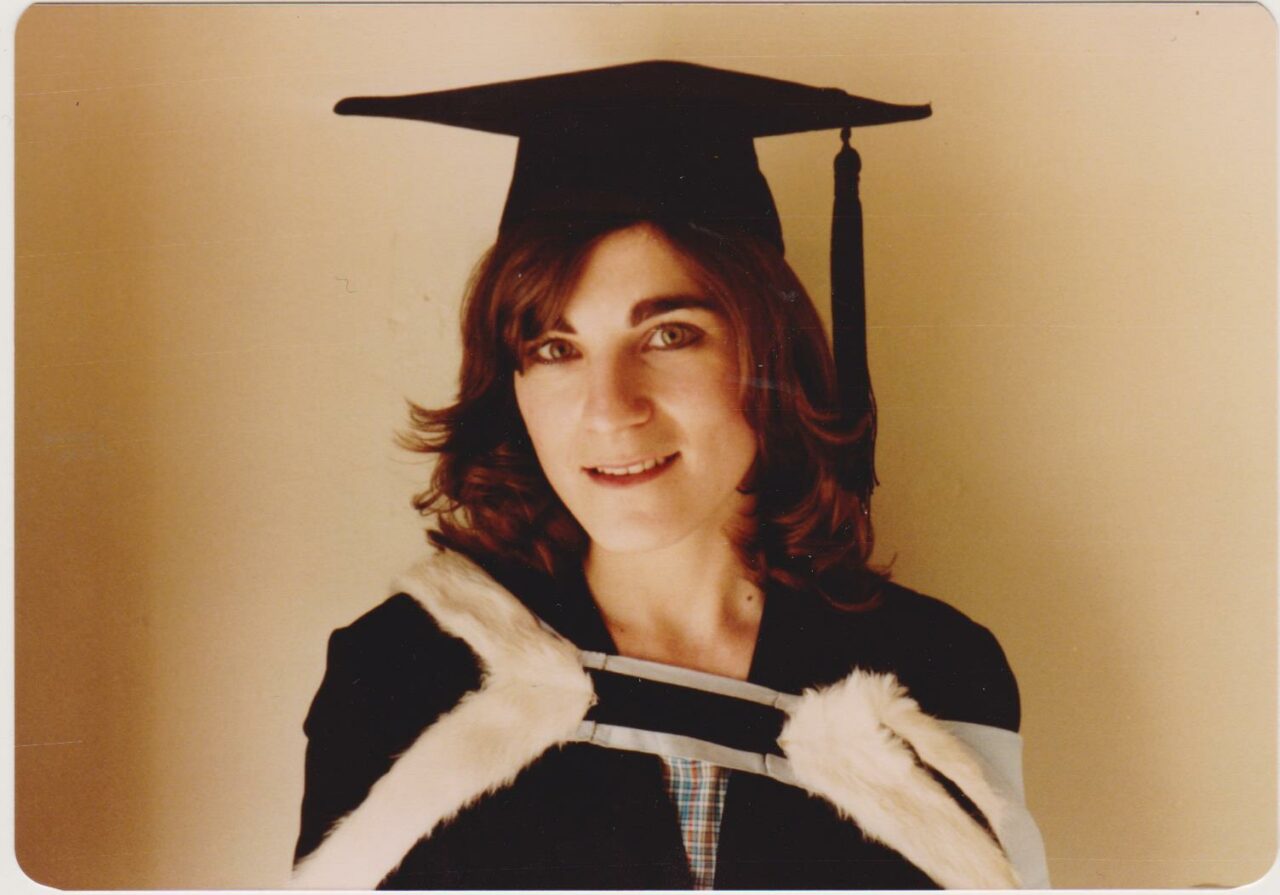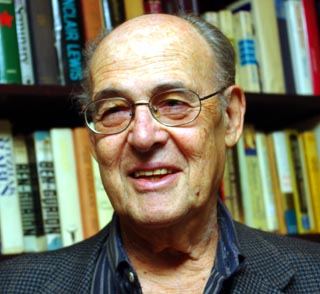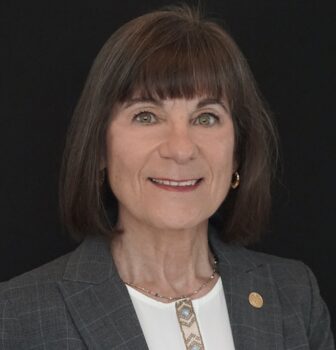
1980
I stood (shaking inside) at the head of a conference table in the Stewart-Biology building at the urging of my mentor, Dr. Ronald Melzack. He had offered me the opportunity to practice prior to the OB/GYN Grand Rounds scheduled for the following week. I had been the undergraduate research assistant who interviewed successive patients as each met the criteria of cervical dilation of at least 2 to 3 cm and contractions at intervals of 5 minutes or less women while they were in labour at the Montreal General Hospital (MGH). We found that the primiparas who had received prepared childbirth training had lower pain scores than those who had received no such training. Nevertheless, the effects of prepared childbirth training were relatively small, and most patients (81%) who received it requested epidural anesthesia.*
In the 1980s there were no mobile phones, so I moved to a studio down the hill from the hospital enabling me to sprint up Guy Street to the maternity ward on demand. That was not my only exercise – at that time there was an outdoor pool where I often swam in between patients. (Beneath my white lab coat and clothes was a bathing suit!) Those were the days before PCs or Powerpoint presentations; thus, I prepared transparencies for an overhead projector.

Dr. Melzack provided me with a chance to study with him at the MGH Pain Clinic as well. He had been impressed that I had returned to school after roaming the globe for five years with only a backpack and an insatiable curiosity about the world. Dr. Melzack shared with me not only his publications on pain, but also his children’s books (including Raven: Creator of the World). At times he queried me about my life experiences given his daughter was about my age. Since I had been out of school for so long, I took copious notes, including making drawings with coloured pencils, while at the pain clinic. Once he peered over my shoulder and asked me what I was up to. I replied simply catching up on physiology (so I could understand his Gate Control Theory of Pain).
When I told him that I feared public speaking, he confessed that he had once been a stutterer. His willingness to expose that vulnerability encouraged me to dare to step into the limelight. I recall him saying, “You know the work better than anyone in the room.” I had previously attempted to tackle the issue by taking a workshop on the topic offered to McGill University undergraduate students. In fact, that workshop taught me not only how to manage anxiety but also how to organize my thoughts and make key points stick in the minds of the audience. To this day I am thankful for that support. Nonetheless, as a novice, the thought of presenting to physicians, residents and other staff was unnerving.
Prior to the event, I rummaged through my student wardrobe with dismay. I owned one pair of pale purple dress slacks, a simple beige blouse but not much else. I splurged on an Indian gold-threaded black and purple striped scarf to give me a professional look. When I stood before the packed room, I recalled what Dr. Melzack told me. Indeed, I had been involved in the study for over one year and I knew it inside out. The presentation was to be the first of many more Grand Round presentations I would offer later in my career. What stands out in my mind is when Dr. Kinch, the head of the OB/GYN Department at the time, not only complemented my work but asked, “What made you interested in the topic?” He laughed when I replied, “Oh! I am a bit obsessed with learning about pain.” He added, “Perfect! Being obsessed makes a fine researcher! Carry on!”

Carry on, I did – on to graduate school in Clinical Psychology with an interest in Behaviour Medicine, to a doctoral study of a psychosocial intervention with cancer patients, to a post-doctoral study on the determinants of alcoholism in an at-risk population. My early interest in pain management resurfaced during my stint at the Division of Clinical Epidemiology at the MGH for two decades where I conducted research in rheumatology. Currently, as an Associate Professor in the Department of Medicine and faculty member of McGill Programs in Whole Person Care, I devote my energy to promoting wellness in physicians and allied health care professionals.
My gratitude extends beyond my mentor who opened doors for me; it includes the rigorous training I received as a student as well as the academic freedom to seek excellence in my research and clinical work for the past 30 years.
*Melzack R, Taenzer P, Feldman P, Kinch RA. Labour is still painful after prepared childbirth training. Can Med Assoc J. 1981;125(4):357-363.
Return to Stories from our Faculty community
Return to 200 Years, 200 Stories
